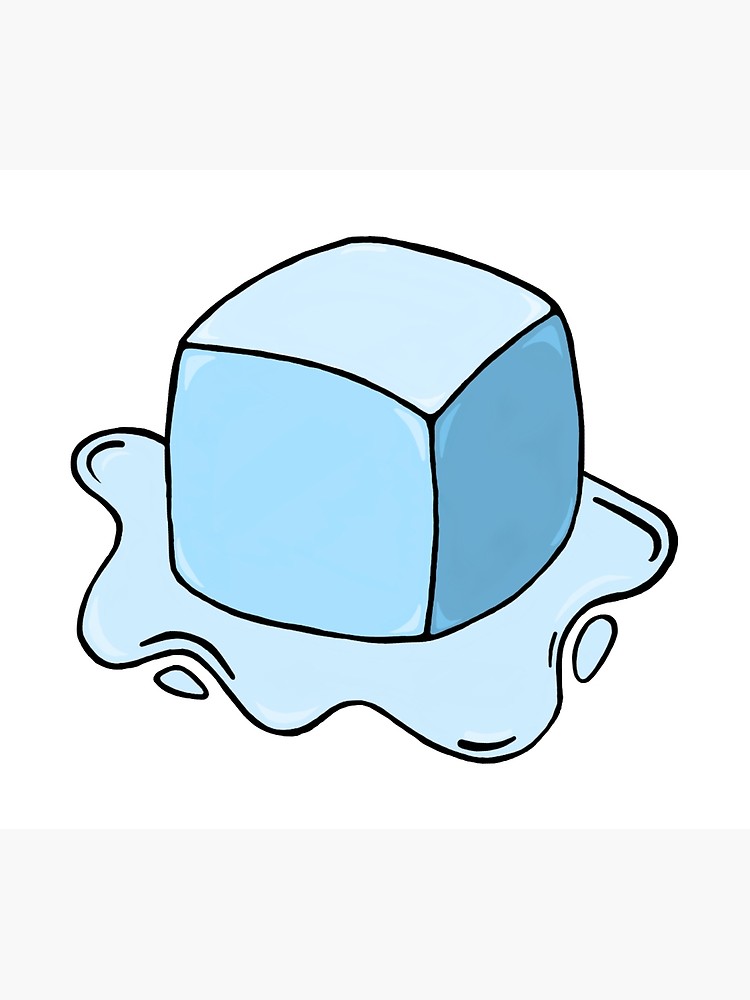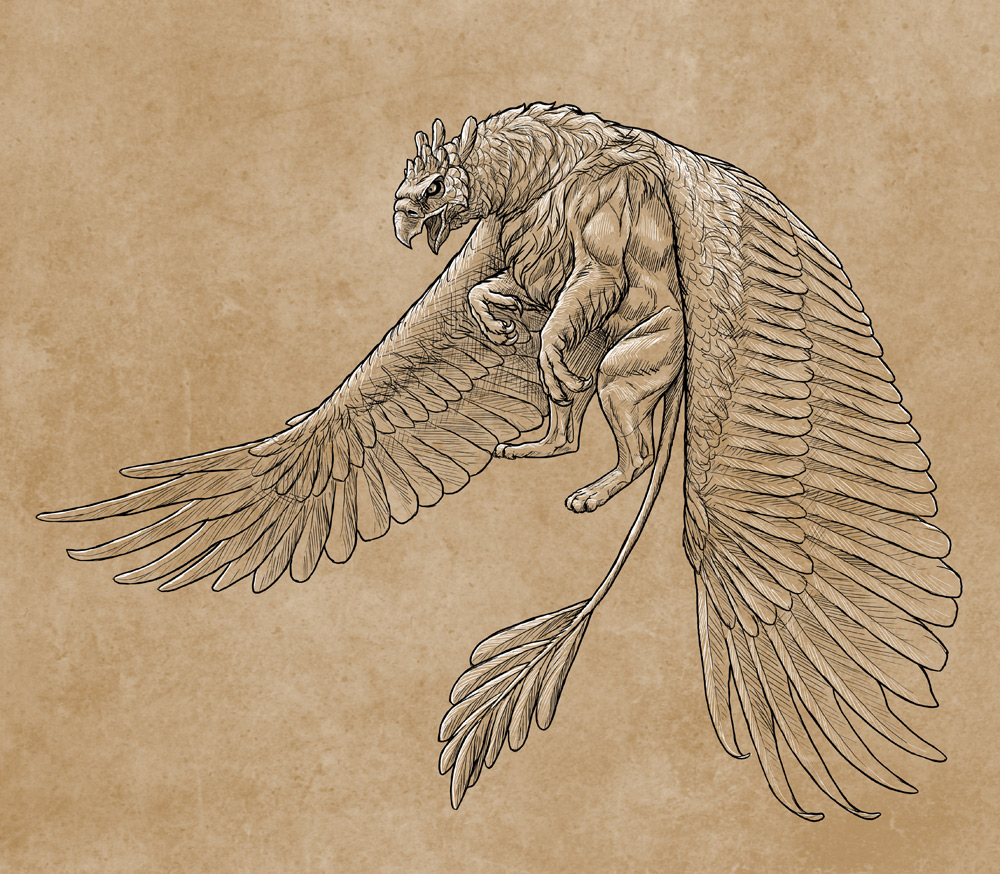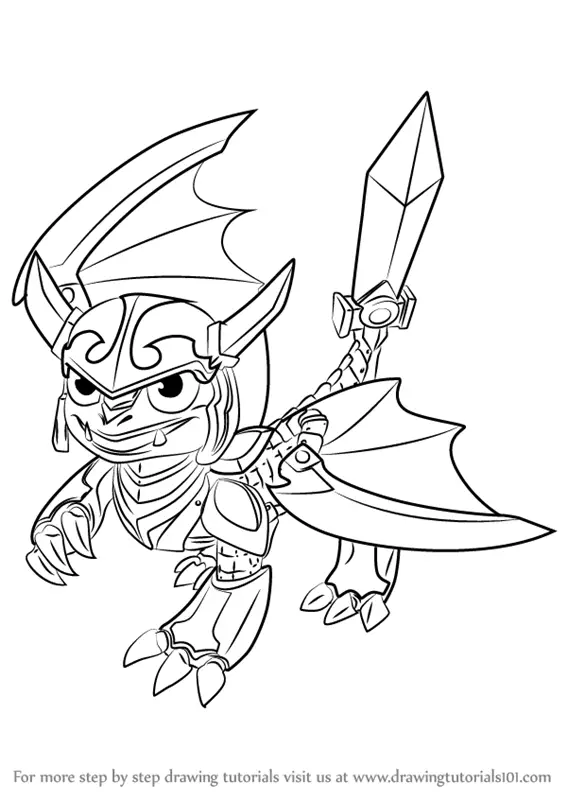Ice cube hip hop drawing rapper drawings cubes dibujos old portrait sketches pencil cartoon celebrity caricature artists desenho dibujo nice
Table of Contents
Table of Contents
Imagine being able to draw an ice cube so realistic you could almost feel the coldness. Drawing an ice cube isn’t as easy as it seems as it requires a certain level of skill and a keen eye for detail. The good news is that with the right guidance, anyone can learn how to draw an ice cube. In this post, we will guide you through the process of drawing an ice cube while highlighting some of the common mistakes made when attempting to draw one.
Pain Points When Drawing an Ice Cube
Drawing an ice cube that looks realistic always seems to be a struggle. It’s easy to start with an idea in mind only to end up with a gnarly, misshapen not-resembling-an-ice-cube drawing. The main issue with drawing an articulately shaped ice cube is getting the edges and crevices to look realistic. This is made harder by the fact that an ice cube is transparent and difficult to replicate.
How to Draw an Ice Cube
To start drawing an ice cube, you need to first sketch its shape. Begin by drawing the edges of the ice cube using light lines. After getting the edges, start filling in the sides with multiple short lines to represent the bumps and cracks of the ice cube. Once you follow the edges and the bumps, shadows come next. Shading each corner using thinner strokes gives the impression of depth, and the highlight goes on the opposite edge. The hardest part is keeping a light touch on the pencil, as you need to avoid creating heavily etched lines that make the ice cube look opaque.
Summary of Main Points
In summary, drawing an ice cube requires a keen eye for detail, a good understanding of shading and sketching techniques, and the use of the right tools. It would be best if you started by creating a basic outline of an ice cube’s edges and then filling the edges with lines to create the bumps and cracks. Once that’s done, you can use shading techniques such as hatching and cross-hatching to add depth to the drawing. Remember to keep light pressure on the pencil to keep the ice cube transparent, and use the right tools such as pencils with varying hardness and paper with a high tooth.
How to Draw an Ice Cube Efficiently
When I first started drawing ice cubes, I had a hard time getting the crevices to stand out, and the edges to look realistic. The idea that I was supposed to do this with a light touch seemed preposterous. But eventually, with a lot of practice, I got better at it. One of the things that helped me was drawing the ice cube with a reference picture nearby. I was able to visualize the edges and crevices by looking at a reference and then implement it onto my drawing.
 Tools and Techniques for Drawing an Ice Cube
Tools and Techniques for Drawing an Ice Cube
Using the right tools and techniques is crucial when drawing an ice cube. Firstly, a good understanding of sketching is required to draw the basic outline of the ice cube. Using pencils with varying hardness will help create different depths while shading, and using paper with high tooth will help grip the pigment from the pencil for a better output. For the crevices that are supposed to stand out, using hatching and cross-hatching methods will do the trick to give them the impression of depth.
 How to Draw an Ice Cube That Looks Realistic
How to Draw an Ice Cube That Looks Realistic
Understanding the shape and light effect in your drawing is very important, which is what makes it seem realistic. Light travels differently through ice than it does through air, and that’s what gives an ice cube its unique appearance. When an ice cube melts, it appears less transparent, while the edges become more blunt. To create a realistic-looking art piece, try to create the drawing while an actual ice cube is present. This will give you a better picture of the reflectiveness, crevices, transparency, and edges, all of which can be difficult to recreate through imagination.
 Question and Answer Section
Question and Answer Section
Q1. What is the hardest part of drawing an ice cube?
A1. Getting the edges and crevices to the exact level of reality is the hardest part. It’s difficult to replicate the transparency of an ice cube.
Q2. What technique is used to create the crevices on an ice cube?
A2. Cross-hatching and hatching are used to create the impression of depth on an ice cube drawing.
Q3. What tool is best used when drawing an ice cube?
A3. Pencils with varying hardness such as 4H, 6B, and 9B are ideal when drawing an ice cube due to the accurate depth it creates.
Q4. Why is using real ice cubes important when drawing a realistic ice cube?
A4. Real ice cubes are important when creating a realistic ice cube art piece as they provide a better picture of the reflectiveness, crevices, transparency, and edges.
Conclusion
Drawing an ice cube requires attention to detail, sketching techniques, and an understanding of shading. When you’re ready to start, create a basic outline of the edges of the ice cube, start filling in multiple short lines to give the impression of bumps and cracks, and then use shading techniques to add depth to the drawing. Use pencils with varying hardness and paper with a high tooth to create an accurate depth representation. Using real ice cubes when creating a drawing adds an extra level of reality to the art piece. With practice and the right techniques, anyone can create a realistic ice cube drawing.
Gallery
Ice Cube 1 By 7Brandon3 On DeviantArt

Photo Credit by: bing.com /
Melting Ice Cube Drawing | Free Download On ClipArtMag

Photo Credit by: bing.com / ice cube drawing melting clipartmag
How To Draw An Ice Cube - Really Easy Drawing Tutorial

Photo Credit by: bing.com /
Ice Cube Drawing | Rappers “I” Like | Pinterest | Ice, Ice Cubes And

Photo Credit by: bing.com / ice cube rapper drawing drawings cartoon cubes hop hip coloring rappers pages snoop famous designs dogg board tupac choose cholo
Ice Cube Drawing - Clip Art Library

Photo Credit by: bing.com / ice cube hip hop drawing rapper drawings cubes dibujos old portrait sketches pencil cartoon celebrity caricature artists desenho dibujo nice






